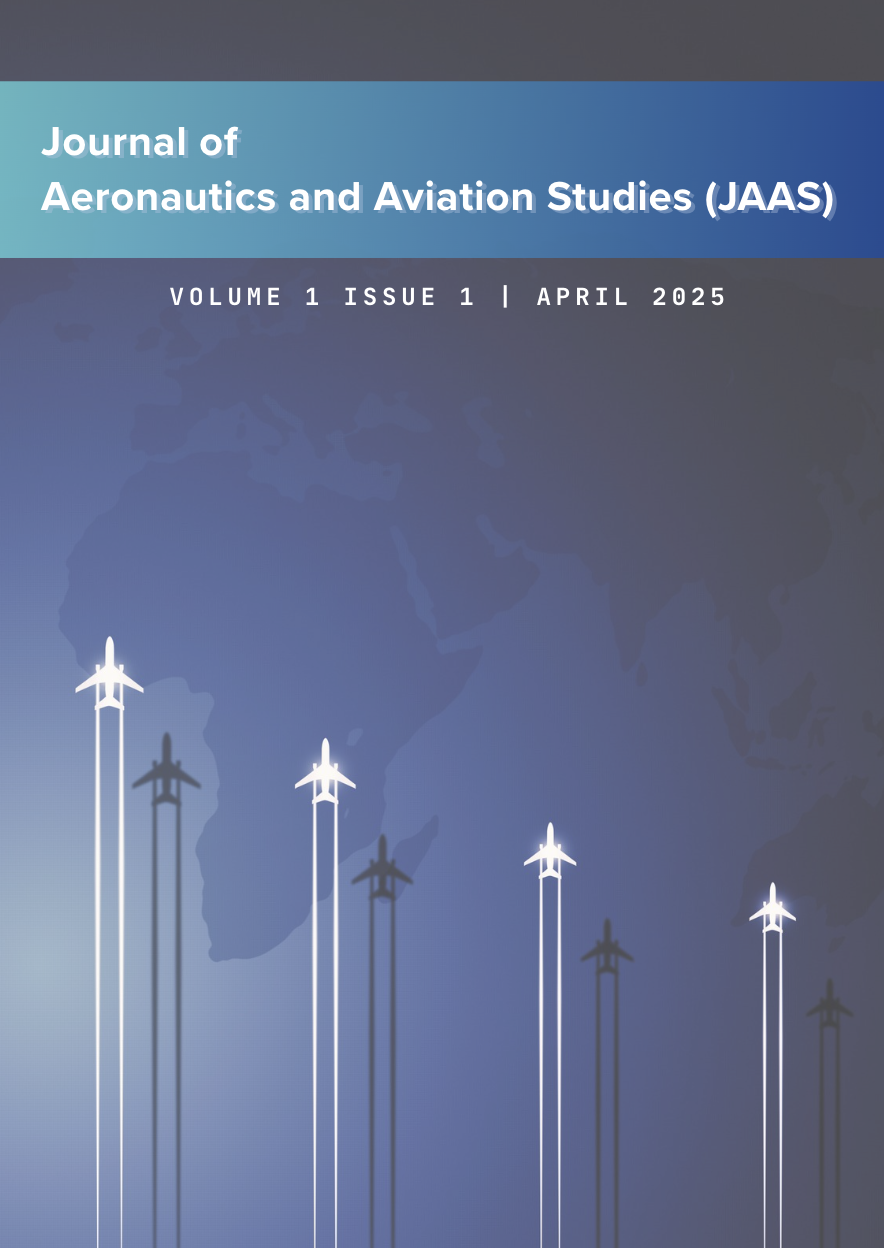Diagnostic Analysis of Student Performance in Solving Word Problems in Aviation Physics
Keywords:
Analysis, Challenges, Diagnostic, Word Problems, Aviation PhysicsAbstract
The study of aviation physics is crucial for students aspiring to pursue a career in aeronautics and related fields, as it bridges theoretical physics and real-world applications in flight dynamics. Solving word problems in this domain is a critical skill that integrates comprehension, analytical thinking, and applied knowledge. Despite its importance, students frequently struggle with key tasks in physics (e.g., integrating fundamental principles,performing mathematical computations, and applying problem-solving strategies), which ultimately results in poor performance. This study aimed to diagnose and analyze student performance in aviation physics from their test errors. By utilizing a mixed-method approach, a ten-item problem-solving test was administered to 120 students enrolled in the subject. Scores in this test were analyzed using descriptive statistics to measure their performance on word problems. Analysis and interpretation were employed to examine the students’ prevalent mistakes to identify their cognitive difficulties. An in-depth interview with three (3) teachers handling the subject was also conducted to validate the results, with the data being analyzed through thematic analysis. Findings reveal that only very few students have above-satisfactory performance in solving word problems. The majority of the students face significant cognitive challenges, including language comprehension barriers, inadequate problem-solving strategies, limited working memory capacity, poor mathematical skills, lack of conceptual understanding, and difficulty with units and conversions.These issues arise primarily from their inability to apply conceptual knowledge to word problems, including difficulties in translating text-based problems into mathematical and scientific representations.To address these challenges, a multifaceted approach is recommended. This approach should focus on the cognitive difficulties by incorporating targeted instructional strategies and interventions, such as collaborative learning, scaffolded instruction,technology-enhanced instruction, and engaging learning activities. By using these methods, student outcomes and performance in solving word problems in aviation physics will be further improved, paving the way for greater academic success.




